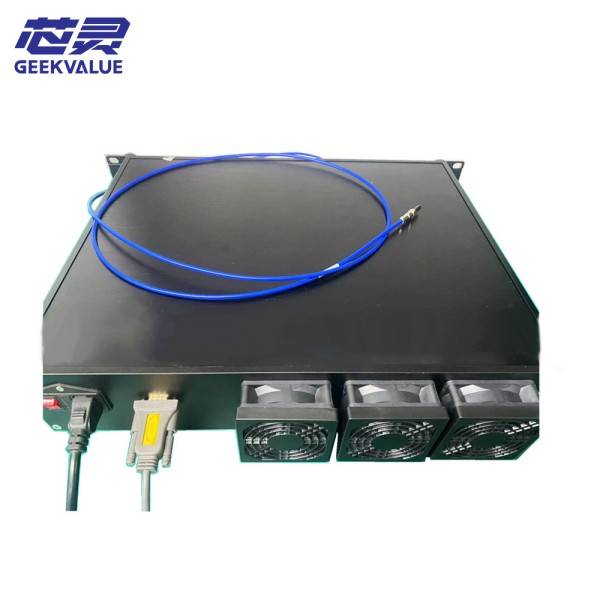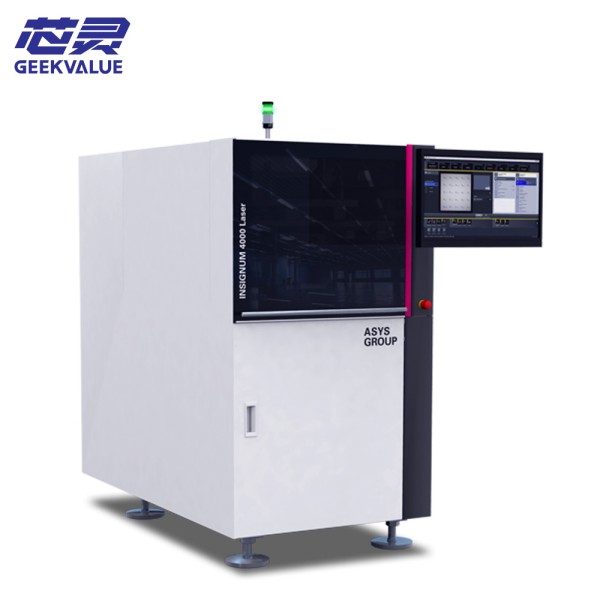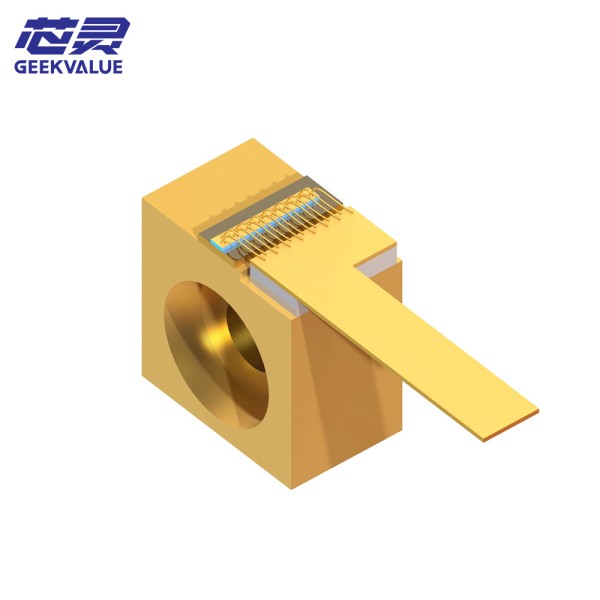Panasonic 405nm 40W Laser Module (LDI Series) is a high-power blue-violet semiconductor laser, mainly used for laser direct imaging (LDI), precision machining and scientific research applications. Its core structure includes:
1. Optical system
Laser diode (LD): 405nm wavelength, 40W output
Collimator lens: used for beam shaping, reducing divergence angle
Beam expander: optimize spot size and improve processing accuracy
2. Cooling system
TEC thermoelectric cooler: control LD temperature to prevent overheating
Water cooling/air cooling heat dissipation module (some models)
3. Drive and control circuit
Constant current power supply: ensure stable operation of LD
Protection circuit: overcurrent, overtemperature, short circuit protection
Communication interface (such as USB/RS-232): for external control
4. Mechanical structure
Compact modular design, easy to integrate into LDI equipment
Dustproof sealed housing to reduce optical pollution
II. Common fault analysis
Fault phenomenon Possible cause Impact
Laser power decreases LD aging, optical lens pollution, TEC failure Imaging/processing quality reduction
Unable to start Power supply damage, motherboard failure, communication error Equipment completely shut down
Beam instability Collimator lens offset, LD drive current fluctuation Spot deformation, reduced accuracy
Cooling system alarm Poor heat dissipation, water pump/TEC failure, laser overheating and shutdown
Abnormal communication, interface board damage, software compatibility issues, remote control failure
III. Daily maintenance methods
1. Optical system maintenance
Weekly inspection:
Clean the laser output window with dust-free compressed air
Check the alignment of the optical path (avoid deviation caused by vibration)
Quarterly deep cleaning:
Use special optical cleaner + dust-free cotton swab to wipe the lens (alcohol is prohibited)
2. Cooling system management
Use deionized water coolant and replace it every 6 months
Clean the dust on the radiator (once a month for air-cooled models)
3. Electrical and environment
Monitor the power supply voltage (fluctuation needs to be <±5%)
Maintain the ambient temperature at 15~25°C and the humidity at <60%
IV. Maintenance ideas and processes
1. Fault diagnosis steps
Observe the alarm code (such as "Temp Error", "LD Fault")
Module detection:
Optics: Use a power meter to measure output and check lens contamination
Circuit: Measure LD drive current and test power supply output
Cooling: Check TEC voltage and water pump flow
2. Typical maintenance cases
Case 1: Frequent overheating alarms
Troubleshooting: Check coolant flow → Test TEC cooling efficiency
Solution: Replace faulty TEC module
V. Preventive measures
1. Operating specifications
Avoid frequent full-power operation (recommended <80% rated power)
It is strictly forbidden to block heat dissipation holes
2. Regular professional maintenance
Performed by professional service providers every year:
LD life detection
Optical path calibration
Cooling system pressure test
3. Spare parts reserve suggestions
Always keep replacement lenses, TEC modules, and fuses on hand to reduce downtime
VI. Repair service support
We provide:
Panasonic original repair (using certified spare parts or replacement accessories)
48-hour emergency response
Repair cost savings of 50%+ (compared to replacement)
Conclusion
The life of the laser module can be significantly extended through standardized maintenance and rapid repair. If you need in-depth support, please feel free to contact our professional team







